Is going up those stairs starting to feel like climbing up the Eiffel Tower? Does bending over feel like a chore? Does putting on your socks require props and strategic thought? Yoga might be able to help you deal with all of these things and other challenges that approach—whether creeping up or charging at us—as we get older.
Of course, getting older doesn’t mean that there’s one destination left, and that’s bingo night at the community center. In fact, being “old” in the 21st century seems quite the pick-your-own-adventure game. What yoga can do, for seniors of varying degrees of spryness, is ensure that the body and mind are as ready as can be for the adventures of their choosing.
Yoga for seniors has the usual physical, mental, and emotional benefits of yoga, but it’s tailored to support and empower the aging body, helping us regain some of the flexibility, strength, and balance we may feel has been lost along the way.
And by the way, my martial arts teacher, retired from professional life, will lap you on a run and then do knuckle push-ups for fun while waiting for you to catch up.
My point here is: you’re never too old for yoga, and it doesn’t matter what your level of fitness is to start. So please—free yourself of the fear that “it’s not for you.” Yoga has many faces, and one of them is smiling with encouragement right at you! Beyond this, if you’re lacking motivation to get on the mat, remember that there are classes between 5-15 minutes that can truly make a difference over time. You can experience the mental and physical improvements of yoga from a gentle and gradual approach.
So, allow me to lead you through the benefits of and precautions for doing yoga as we age, before I recommend some of my favorite yoga classes for seniors – many of which are free!
14 Benefits of Yoga for Seniors
Yoga has mental, emotional, physical, and physiological benefits, many of which are particularly helpful as we get older.
Some of the potential boosts to look forward to are as follows:
1. Yoga Can Help You Sleep
Since moderate exercise has been linked to better sleep, performing yoga postures may help you fall asleep more quickly. It may also improve how well you rest once you’re asleep by improving oxygen saturation, strengthening upper airway muscles, improving lung capacity and reducing circulating stress hormones.
2. Lower Blood Pressure
Increased blood pressure is common as we age. The good news is that regular yoga practice, can lower hypertension, as demonstrated in a randomized controlled trial to examine yoga’s effects on blood pressure and body mass index.
3. Better Balance
At the same time as potentially being less steady on our feet, we may be a bit less robust and more prone to injury that takes longer to recover from as we age, regardless of your activity level.
We could do with improved research on yoga and balance, but there is evidence beyond the anecdotal, that yoga could make seniors less wobbly, not least of all because it helps you be more aware of how your body feels, how you move, and what your posture is like.
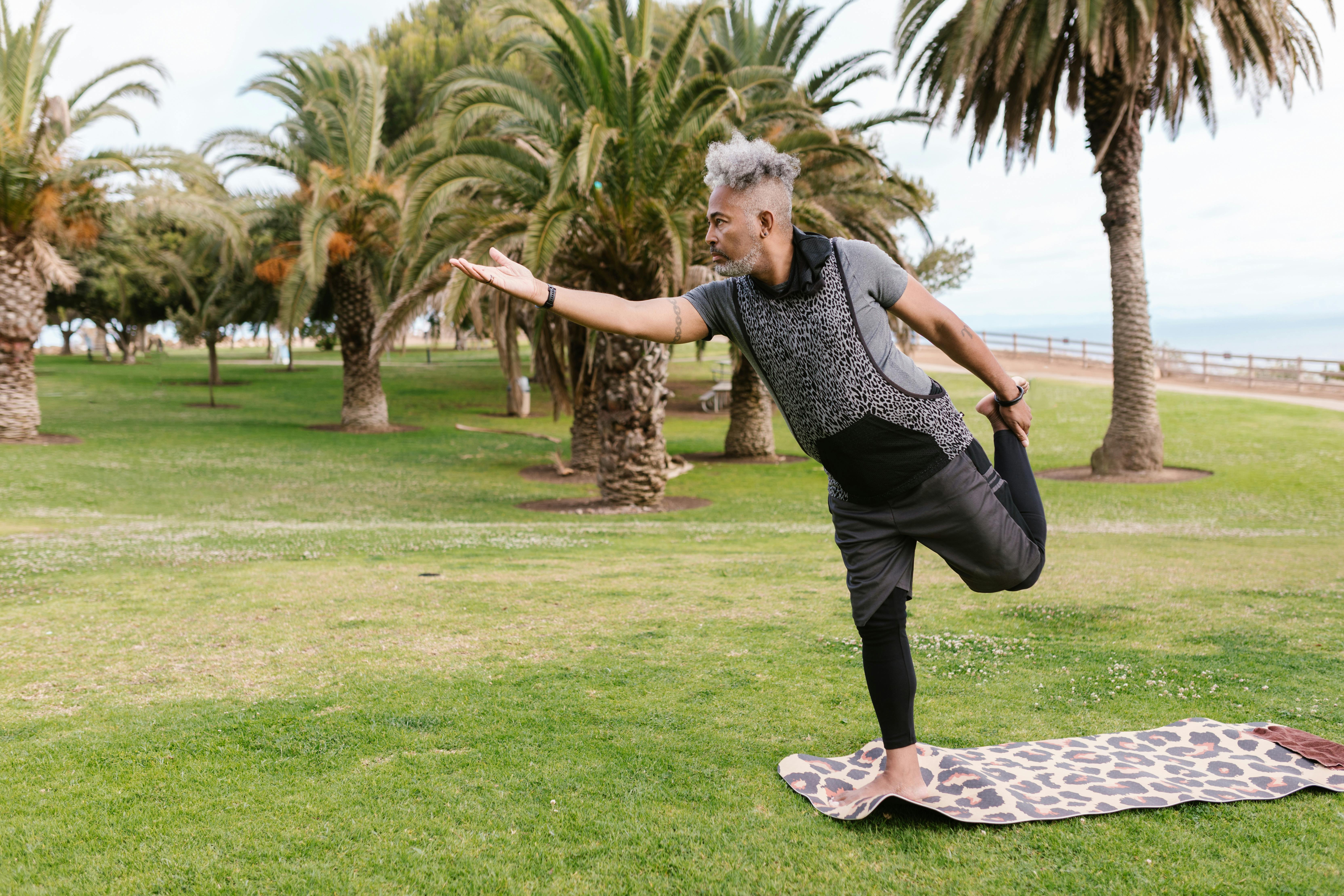
4. Increased Strength
You tend not to use barbells during yoga, but yoga could help improve your strength.
Many asanas and flows improve strength, mobility, and flexibility all at the same time. As you develop a regular practice, you may find that you strengthen some muscles that will make daily activities easier. You can try some of Melissa Krieger’s Yoga4Strength classes here.
Poor posture, combined with an increasingly sedentary lifestyle, could cause a weakening of key muscles. Activating core muscles during yoga, however, could help improve strength in your glutes, abdominal muscles, and hip musculature.
5. Stronger Bones
While stronger muscles will help support your skeleton, physical exercise can also be an integral part of developing stronger bones. Certain yoga postures can in fact help raise bone mineral density in the spine and femur, which is particularly significant if you’re among the hundreds of thousands of people in the US suffering from spinal or hip fractures and osteoporosis.
6. Joint Pain Relief
Many people come to yoga for the increased flexibility or mobility, or to see if it can help manage their pain. If you have stiff or aching joints, yoga might be able to help you.
Johns Hopkins reviewed 11 studies and concluded that gentle yoga could ease some of the discomfort caused by arthritic joints.
7. Improved Breathing
If you sometimes feel out of breath, yoga may be able to help. Studies have shown that doing yoga could help people breathe more easily and effectively.
A study of 50 yoga practitioners and 50 sedentary subjects suggested that yoga exercise could significantly increase chest wall expansion and that regular yoga practice could increase maximum voluntary ventilation, breath-holding time, pressures while inhaling and exhaling, and more.
8. Improved Mobility and Flexibility
Practicing yoga can be an excellent way to improve physical mobility and functional independence in seniors, as it is associated with greater muscle flexibility and range of motion over time. It’s also great for increasing flexibility, no matter how stiff you are. A big upside of increased flexibility is reduced risk of injury, which could improve your quality of life and give you some welcome peace of mind.
Classes for seniors offer pose variations using blocks, bolsters, books, chairs, cushions, and many other kinds of support for your current mobility levels.
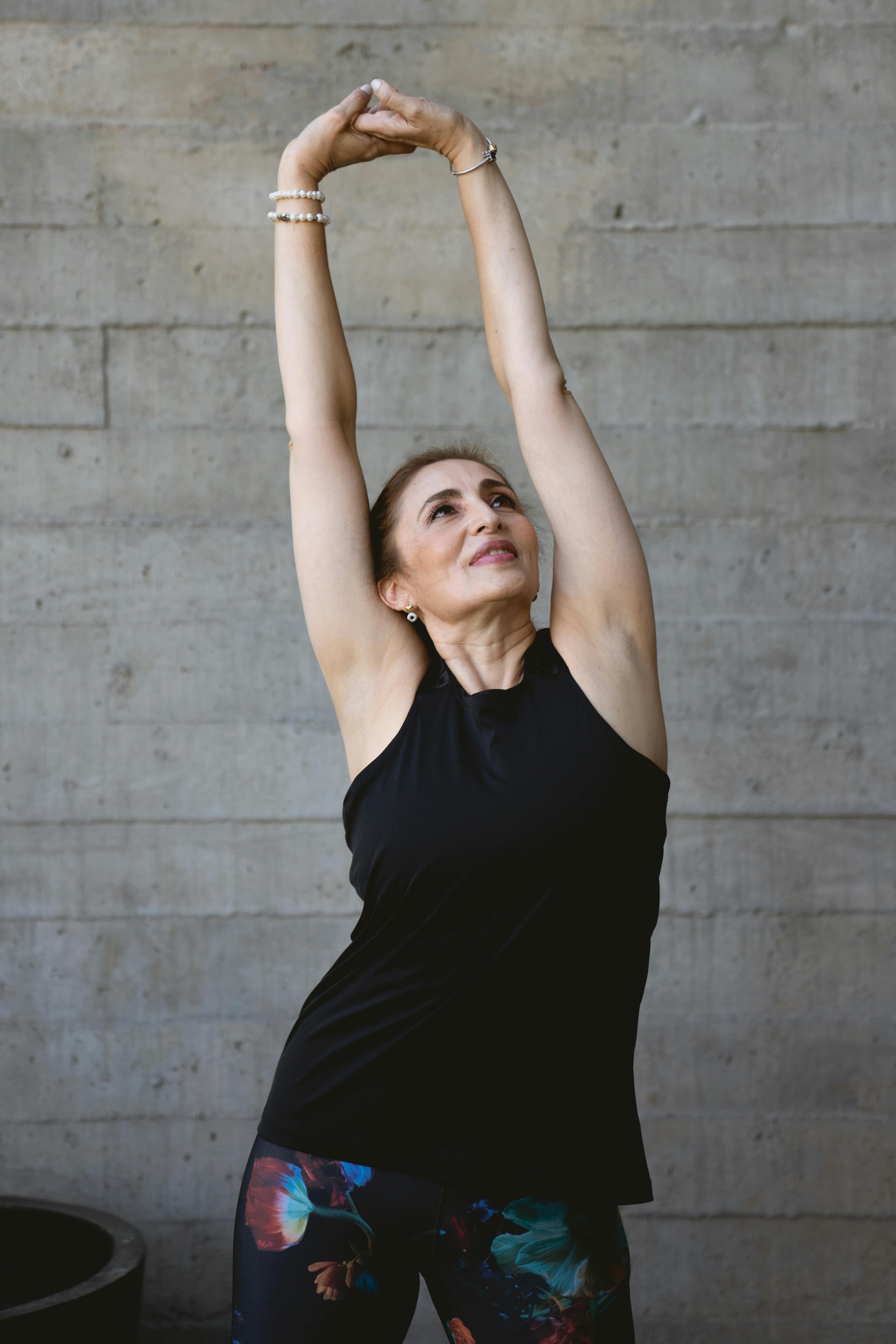
We have 12 DYWM classes specifically made for seniors who want to improve their flexibility in different parts of the body—spine, legs, and so on—with modifications that make the asanas easily available!
If you don’t want to get on the floor, Do Yoga With Me has many videos adapted to seniors that will meet your needs, including chair yoga classes that work on various parts of your body in a gentle and convenient way.
9. Back Pain Management
Our backs can take a real beating over the years. Yoga can give them some love.
Yoga’s potential role in managing back pain is well-established. The many asanas that work on the strength of your core and the flexibility of the spine could contribute to improving outcomes for people with back pain.
10. Diabetes Management
In this study, researchers found a potential role for “yoga-based lifestyle modifications” in managing type-2 diabetes and its associated risks. This means that standing in downward dog for several minutes a day isn’t the answer.
A regular practice that incorporates mudras, relaxation, meditation, yogic breathing, and postures, however, could promote psychological, physical, and physiological changes that can improve discipline surrounding food and exercise.
11. Better Circulation
Circulation issues tend to affect us as we get older. Fortunately, according to a study appearing in the International Journal of Yoga, yoga has been demonstrated to increase blood flow. It can also increase hemoglobin and red blood cells. These benefits combine to allow more oxygen to reach the cells throughout the body, which can help them function more effectively. The same study also found that yoga can thin the blood, reducing the risk of a blood clot that could lead to a heart attack or stroke.
12. Improved Cognition and Brain Function
If you walk into a room and forget what you went in for, you’re not alone. I did that this morning and I’m not exactly senior—yet.
While research into yoga and brain function still comes with a side order of salt, it’s exciting enough that researchers are looking at how yoga might improve outcomes for those with Alzheimer’s and other kinds of dementia.
What we do know is that yoga can help brain function by lowering stress, improving focus, and improving sleep. And there are also indications that yoga has a direct impact on our brains, literally causing them to grow and make new connections—which means better memory and problem-solving.
13. Improved Mood
In addition to the pleasure of having achieved a goal, yoga is physically pleasurable for many practitioners.
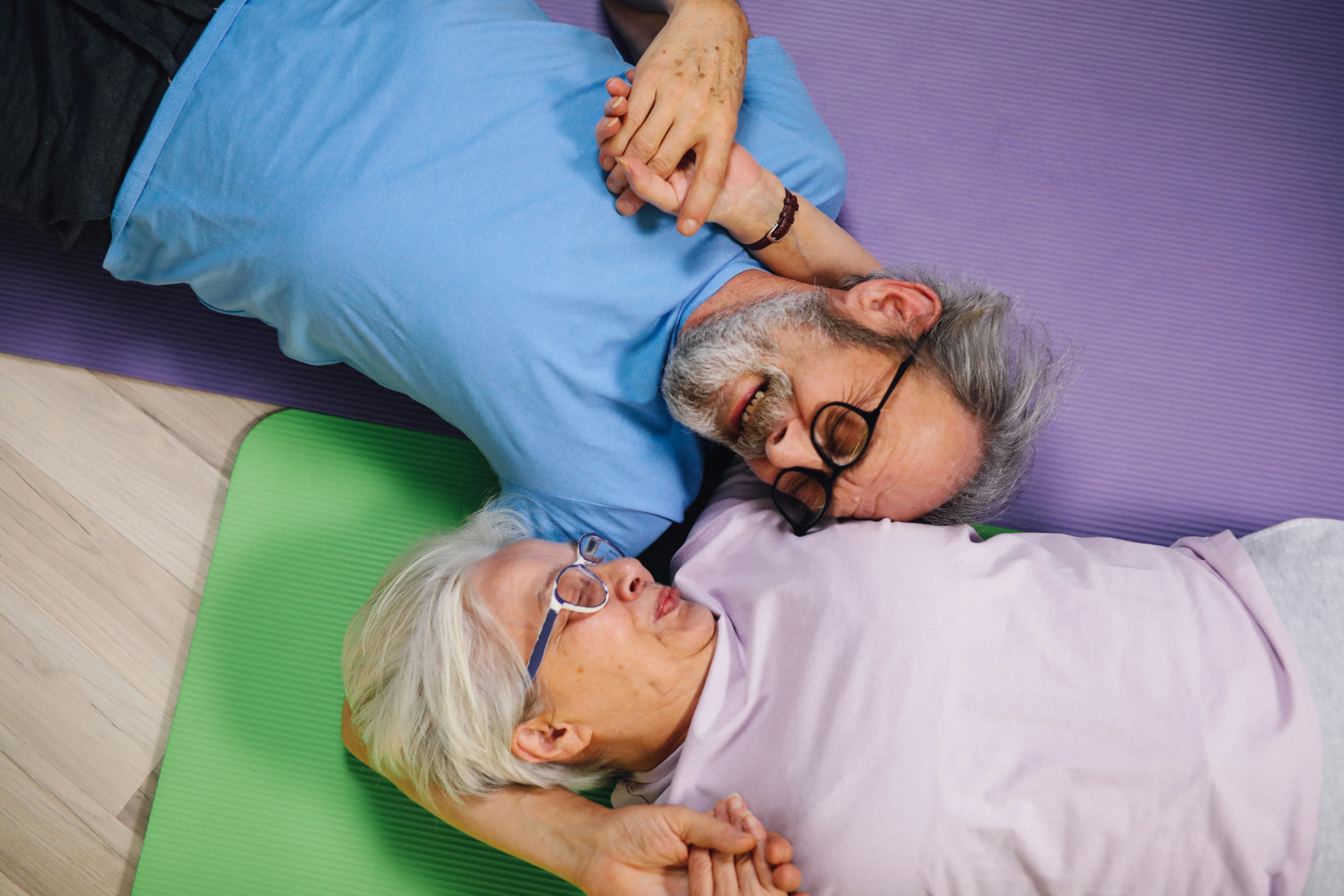
Some poses like savasana and child’s pose are deeply relaxing. Mountain pose, commonly recommended for seniors for balance, is also emotionally grounding.
In addition, yogic breathing practices—pranayama—are a key part of a well-rounded yoga practice. Among other benefits, pranayama can help quieten the mind. An improved mood often follows these breathing exercises, alongside reduced blood pressure, stress, and anxiety.
14. Yoga for Mental Health
While depression is not a normal part of aging, older adults are nonetheless at increased risk of experiencing depression. This can arise because of an illness, such as cancer or heart disease, or because the senior citizen’s physical or cognitive function has become limited. Yoga can actually help you if you suffer from depression!
Yoga for anxiety and stress can help you avoid overwhelm and increase your ability to deal with challenges, however big or small they may seem to you. And a regular yoga practice may also help you manage feelings of agitation that can keep you from your physical and mental potential.
Precautions for Seniors Doing Yoga
Yoga is very adaptable. You can do it safely as long as you pay attention to how your body feels and don’t push it to do things that cause you pain.
Try not to be seduced by the need to prove anything, whether to yourself or others. Just do yoga with a mindful approach, maintaining your physical awareness.
Beyond that, here is some specific advice to help you enjoy yoga and its benefits safely.
Warm Up
Warming up prepares your body and mind for yoga. All yoga instructors and classes vary, but you might start with some gentle neck stretches, wrists curls, and spine twists. Becoming aware of your breathing pattern will also put you in the right mood.
As we age, joints may become arthritic, so it can be a good idea to massage the wrists and other sensitive areas before, during, or after yoga.
Work With Excellent Teachers
As a senior, you can benefit from classes designed for you, with modified asanas according to factors like fitness levels, health concerns, or mobility issues should you need them.
If you do yoga at home, you’ll find tailor-made classes for different demographics on our site. If you go to a studio, you may take senior-specific classes or mixed classes. Don’t worry—a well-trained instructor will be able to make sure that everyone is getting the most from their practice and doing so safely.
Start Gently
You may wish to increase the duration and difficulty of your yoga sessions as you become more familiar with yoga and its demands on your body. When the time is right for deepening or extending your practice, do so, just don’t rush it.
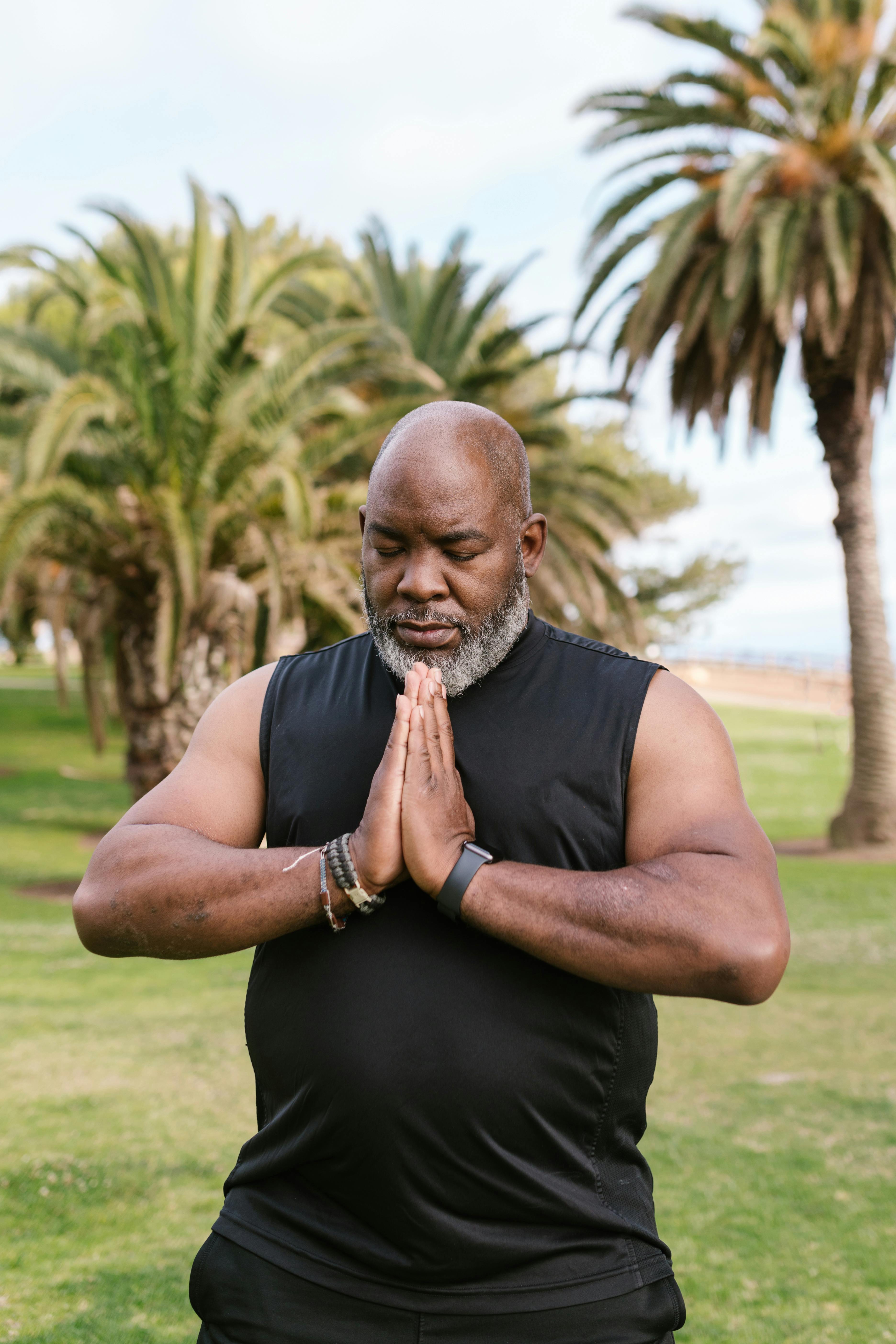
About Regularity
Just because you’re now considered a senior, doesn’t mean one rule about how frequently you should do yoga applies. Start small and build up slowly and gently. That might mean one-to-three sessions per week in the beginning.
Consider keeping your sessions relatively short to begin with, 5 to 15 minutes per day. If you feel like doing more after a week or two, move up to thirty-minute sessions and see how you feel if you’re engaging in a more strenuous practice. The meditative and restorative style yoga classes may be ones you enjoy for hours per week!
From here, you can increase or decrease your yoga time as you wish, as long as you do so gradually, especially if you are increasing the length of more strenuous sessions.
Senior Yoga Classes Online
Here are 5 great senior yoga classes waiting to be enjoyed by you right now.
Introduction to Yoga for Seniors
This is a short (standing only) tutorial for beginners and covers important yoga concepts.
This brief introductory class makes a great starting point for all yoga practitioners. In it, David emphasizes the key ideas of “anchor and action” and “effort and release,” which can set a tone for how you utilize and perceive yoga in your life.
“Yoga is not about finding the perfect pose. It’s about staying with sensation, and doing it in a way that feels good and provides the most benefit.” - David Procyshyn
Yoga for Seniors: Improve Strength, Flexibility, and Balance I
A gentle hatha yoga class to stretch and strengthen the whole body.
Designed for people aged 55+, this class with David can help anyone relax, improve their mental clarity, and be more physically mobile. Experienced yogis might appreciate the way this video takes things down a notch.
Yoga for Seniors: Improve Strength, Flexibility, and Balance II
This is a premium class, part 2 of the previous video for the whole body.
This is part two of David’s gentle class focusing on strength, flexibility, and balance for seniors. As before, it’s suitable for all ages. It may be of particular interest to those focused on preventing conditions like arthritis, osteoporosis, and heart disease. Repeating this class regularly could also help reduce the chances of a bad fall.
Yoga for 55+: A Beginner Flow
A potentially challenging hatha flow suitable for seniors.
Satiya’s flow is designed for beginners, for those returning to yoga after a while, and for those over 50. It starts gently with breathing exercises and then moves slowly and gradually through modified sun salutations and a hatha yoga flow including balancing poses and openers for the spine, hips, legs, shoulders, and groin.
Those new to yoga shouldn’t expect to be able to do everything in this video as some of it could be challenging, but Satiya builds up slowly, explains carefully, and offers variations of poses.
Restoring Equilibrium
This class is about an hour long and includes two deep relaxations.
Another one of David’s classes, Restoring Equilibrium starts and ends with a wonderful relaxation. Gentle but powerful, and helping you to maintain simple awareness of your breath and body alignment throughout, this class is perfect for seniors, beginners, and tight students.
How Is Yoga Adapted for Seniors?
Chair Yoga
Chair yoga is what it sounds like. You don’t need to be standing on it or using it to do push-ups, though you can if you want to! There are actually lots of asanas you can do sitting in a chair.
We have many chair yoga classes that you can alternate.
Michelle will take you through a chair yoga routine that strengthens and stretches the whole body. This is ideal for seniors with limited mobility or people with a disability.
She also has a class focusing on hips, knees, ankles, and feet with an invigorating chair-based sequence suitable for seniors.
David offers chair yoga classes focused on the upper body and on the lower body, that you can do on the same or two different days.
Support
Many asanas can be modified using objects for support. A yoga block or a book can help you enjoy the stretch of a pose without having to reach the ground. Cushions and bolsters can help keep you comfortable if you’re working on the floor. And yoga straps can help you connect your limbs from afar!
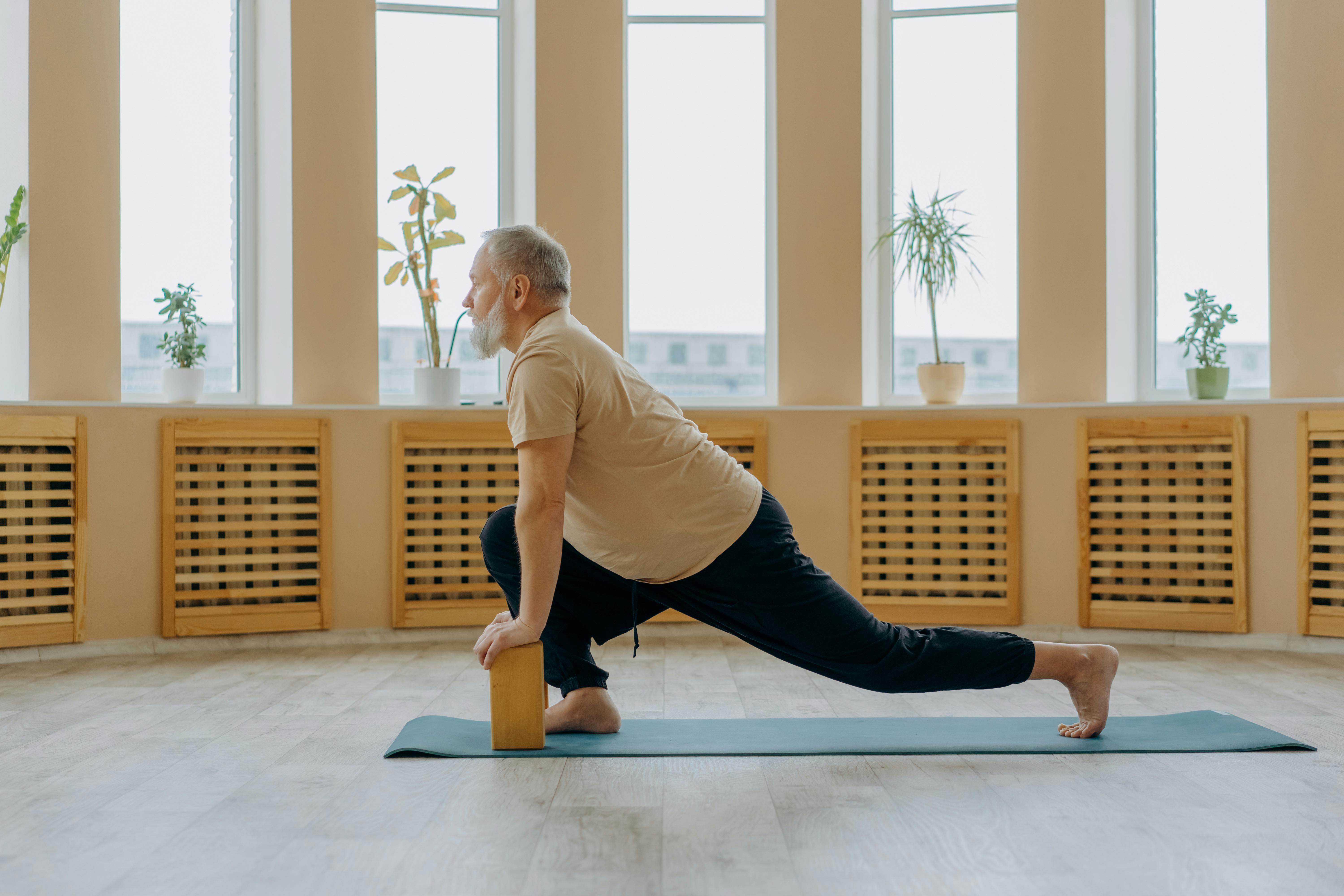
Over-extending could cause an injury that limits a yogi’s practice for a while, so conscientious use of support is common among yogis of all levels.
How You Can Sign Up for Free and Premium Yoga Classes Online
We’ve tried to make our yoga classes as accessible as possible for everyone.
Signing up allows you to access all our free classes and return to your favorite classes easily. It takes only a few minutes. Or ten, if you get up to make tea halfway through.
To create an account and access our free classes:
- Go to our sign up form.
- Enter your email address.
- Make up a username (what you want us to call you on this website).
- Create a password you’ll remember.
- Decide if you want to receive our newsletter (I recommend it, it’s good stuff).
- Click the box, that says “I am human.”
- Click “Create An Account.”
Now you can enjoy the free DYWM classes! To access more, premium content, you can upgrade your subscription.
It’s Time to Take Your First Yoga for Seniors Class
Did I leave out something you’re curious about? Feel free to leave a comment with your questions or observations below!
Yoga for seniors is still yoga. What’s special about it is that it’s modified according to your goals and some of the common challenges associated with an aging body.
Wouldn’t it be nice if more things in life were so well adapted to us?



Comments
Existing Comments